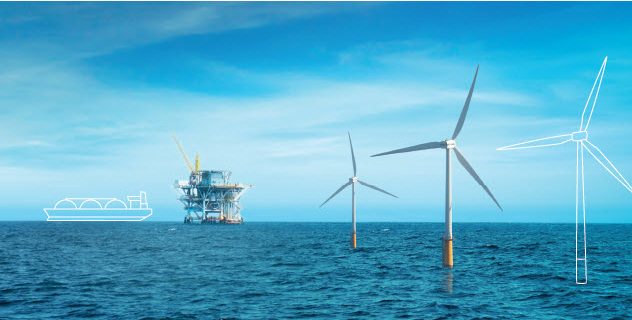DNV GL launched a Joint Industry Project with ten commercial partners to develop a Comprehensive methodology for Blade Rain erosion Analysis (COBRA). The project aspires to get an insight into the damage caused to leading edge wind turbine blades from the high-speed impacts of foreign objects, such as raindrops, and identify how best to develop protection systems.
Mainly, rain erosion damage can have serious effects on the unprotected wind turbine blades.
Although the damage doesn’t always have negative effects on the structural integrity of a blade, it can affect the energy generation that is produced by the turbine due to degrading the aerodynamic performance of blades.
Consequently, DNV GL has partnered with Vestas, Siemens Gamesa Renewable Energy, LM Wind Power, Ørsted, Mankeweicz, Akzonobel, Aerox-CEU, Polytech, Hempel and PPG, to take up the challenge of analysing the effect that rain erosion damage can have on the blades of operating wind turbines.
According to DNV GL the result of the Joint Industry Project will be a Recommended Practice for designing a protection system against rain erosion which is due to be published by July 2020.
The project aims to highlight the topics:
- Identify and define relevant material properties for a protection system;
- Develop and methodology to handle and derive design loads from rain data;
- Develop a model to conduct raindrop impact analysis;
- Develop a design methodology for leading edge protection systems.
Steffen Laustsen, Head of Blade Materials, Offshore Technology at Siemens Gamesa Renewable Energy added
With the trend of building larger machines continuing, greater research is required to provide more protection for wind turbine blades against rain erosion. The high blade tip velocities associated with large blades makes the impact of rain especially demanding.
Therefore, the company looks forward to collaborating with the Joint Industry Project partners across all industries to improve the quality and durability of future blade designs.
Concluding, interested parties can still join the Joint Industry Project subject to approval by the Steering Committee.






























































